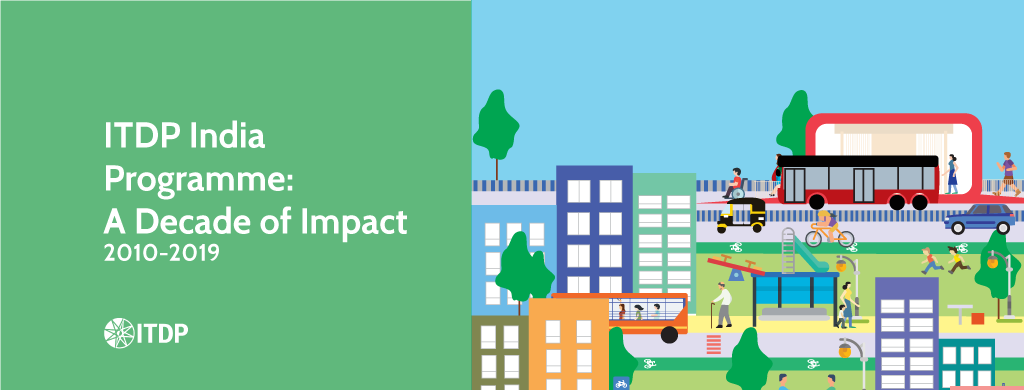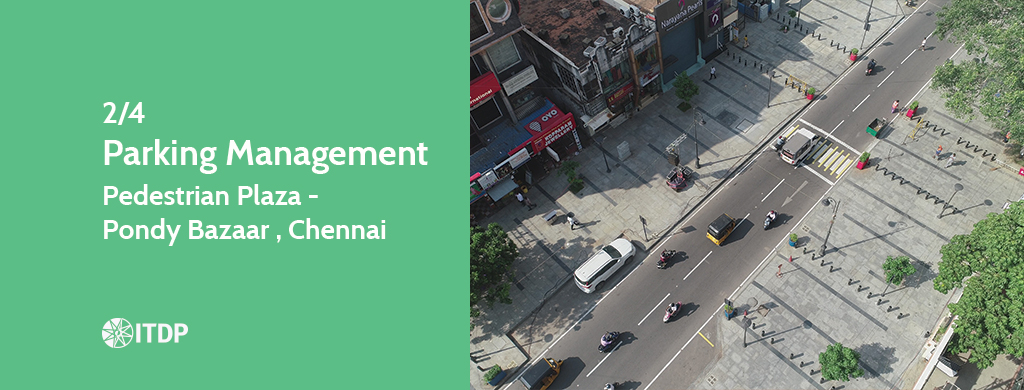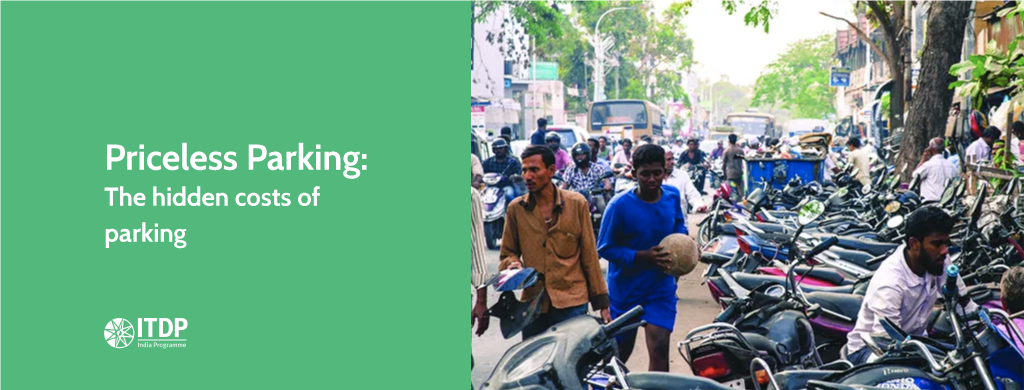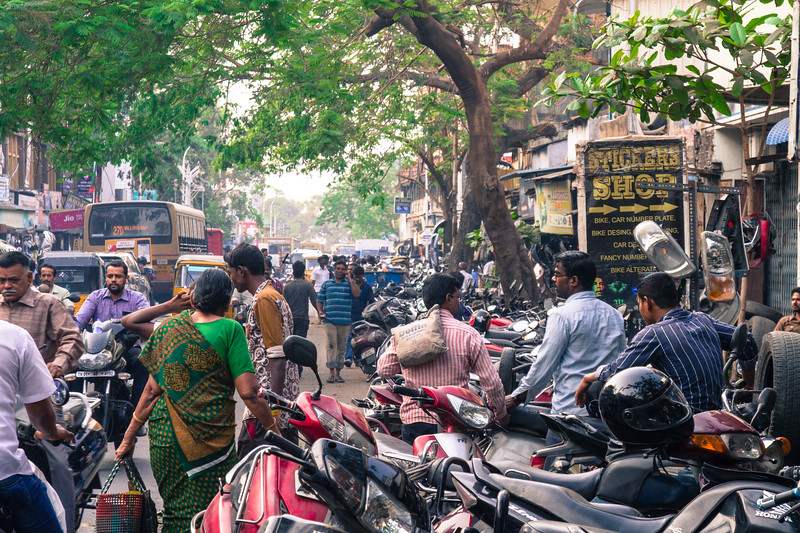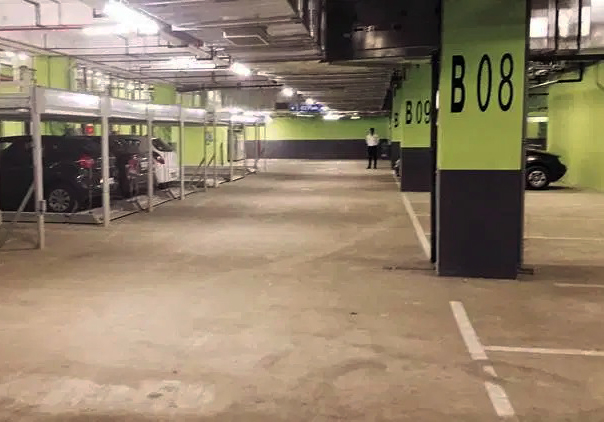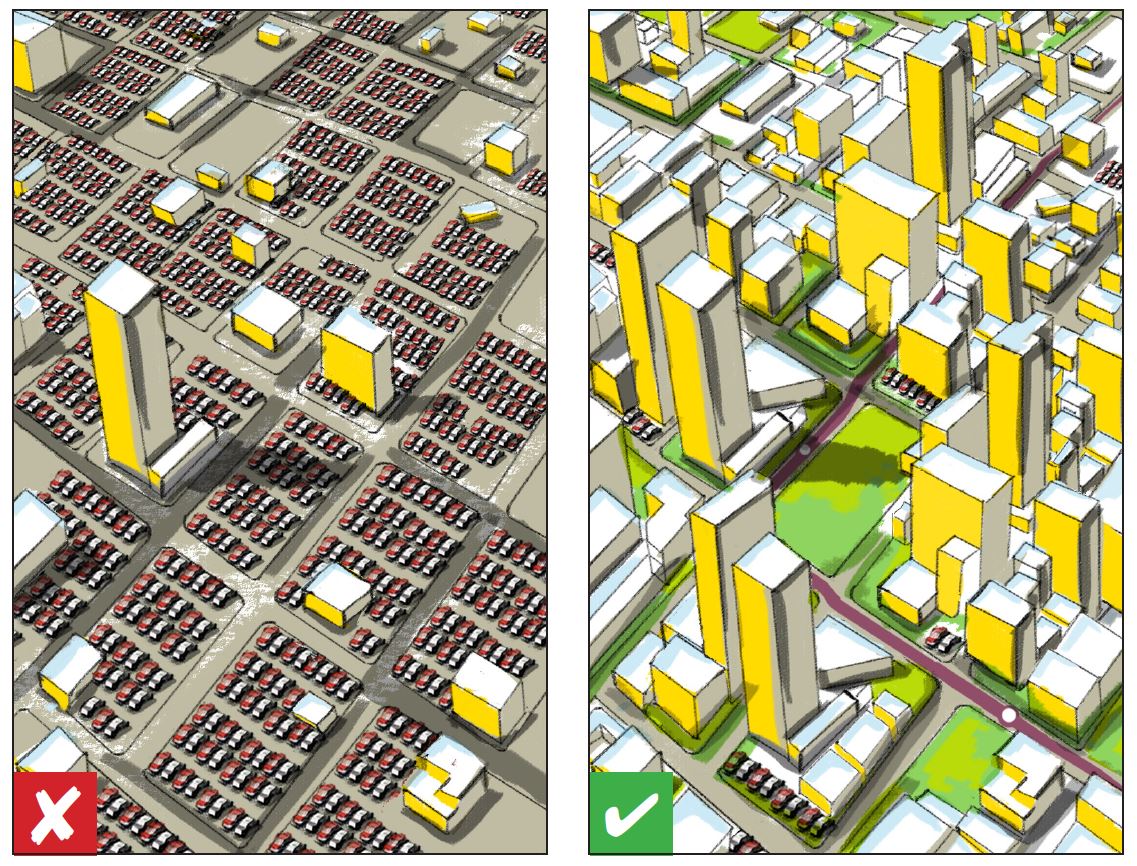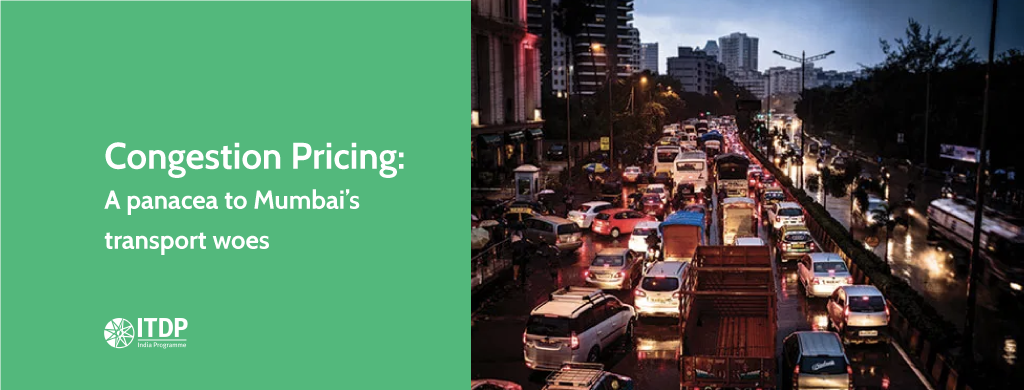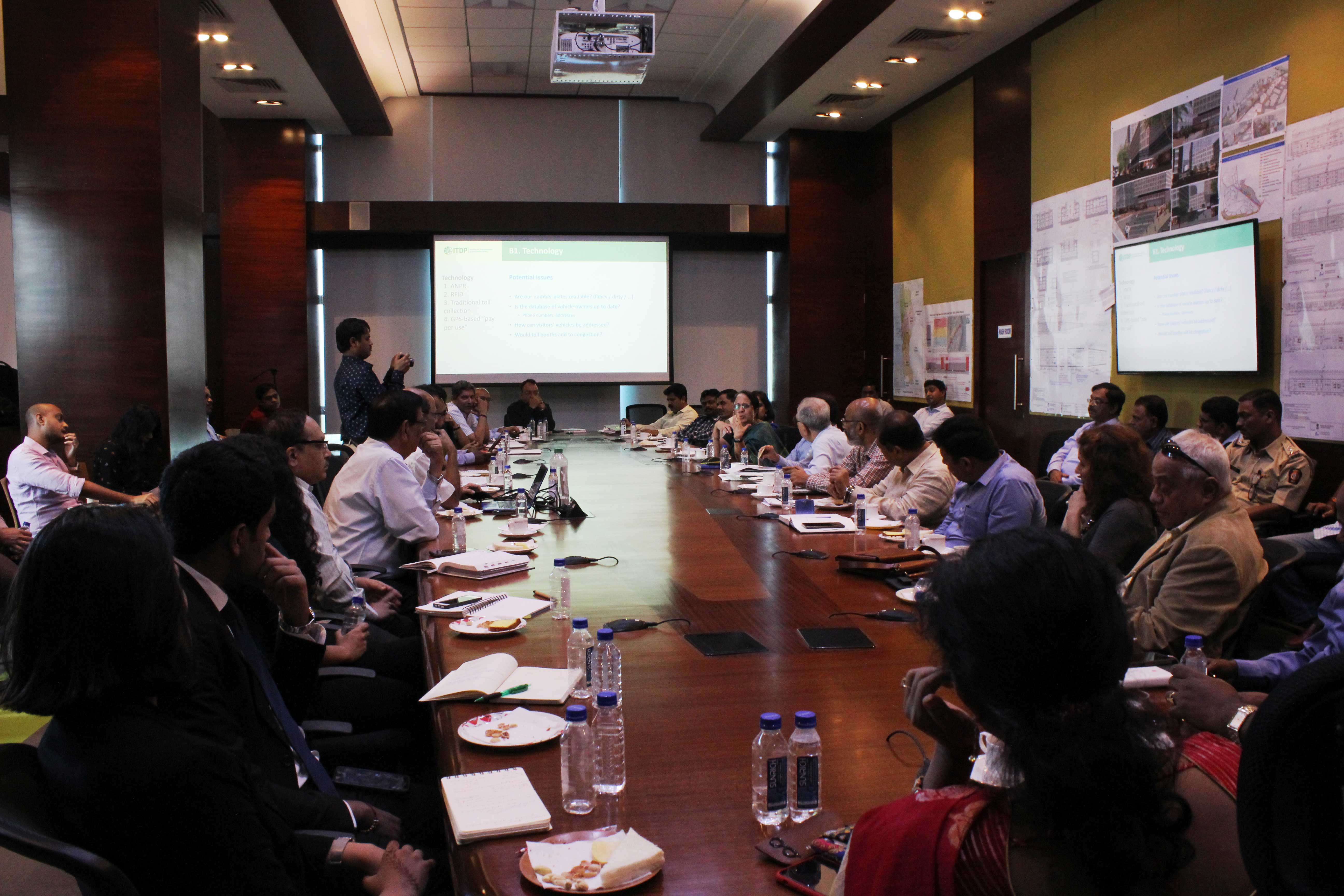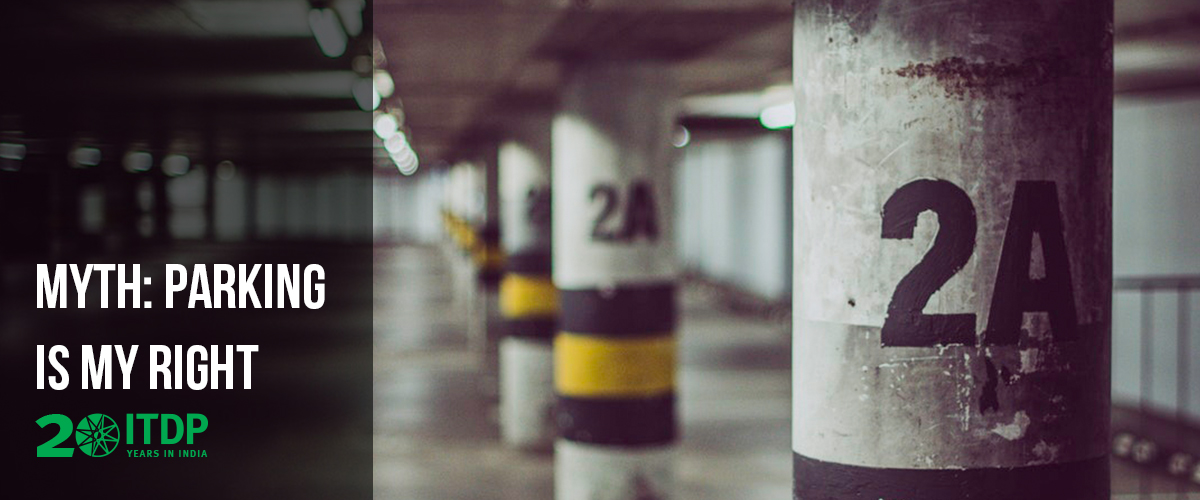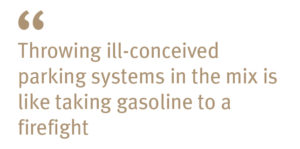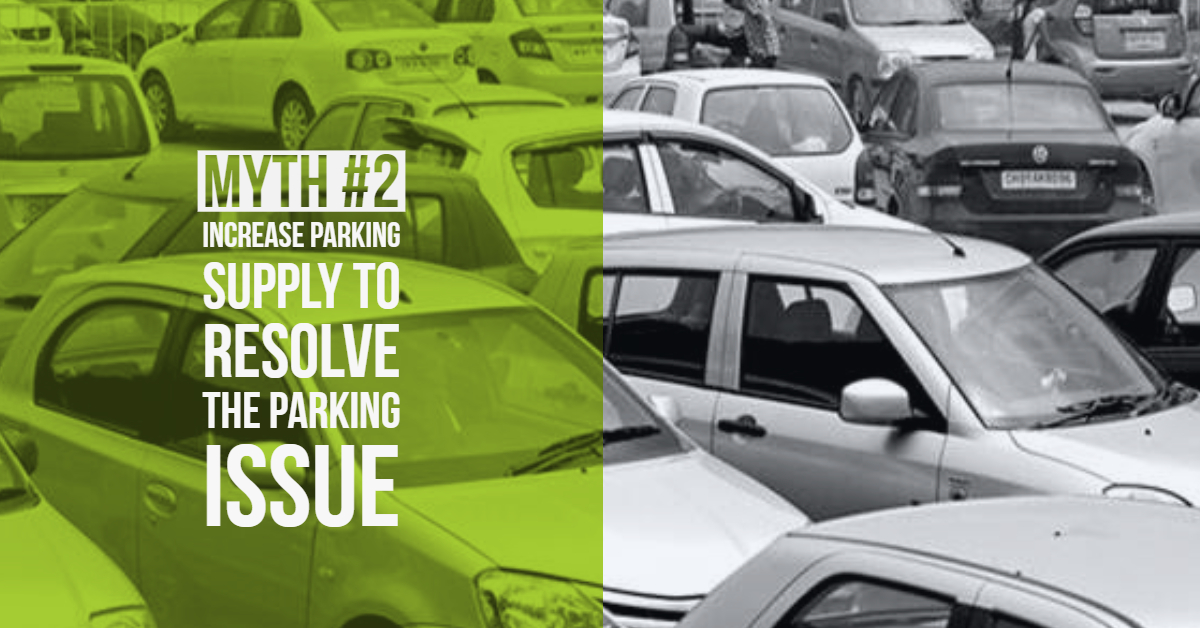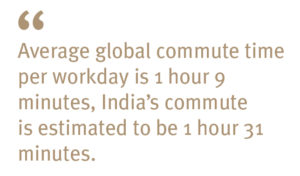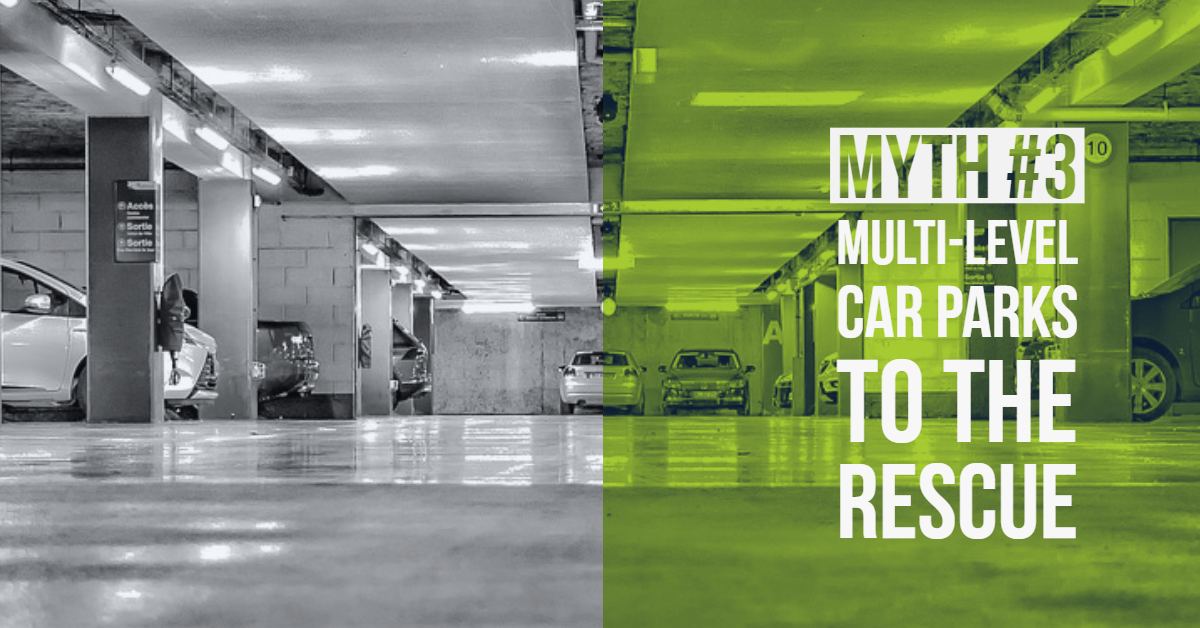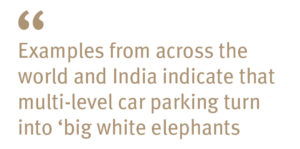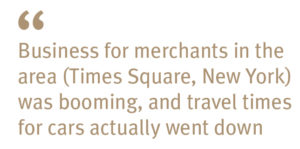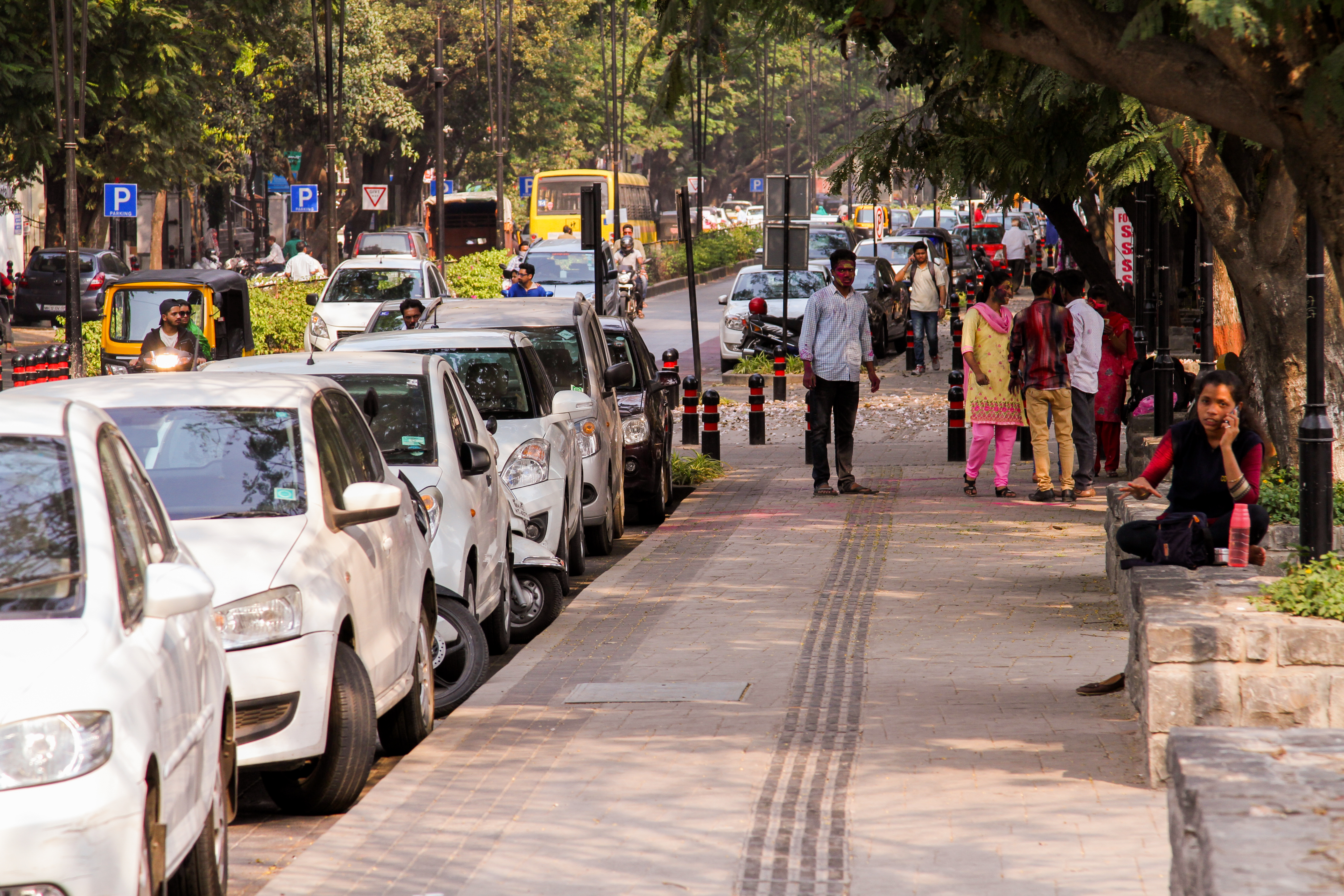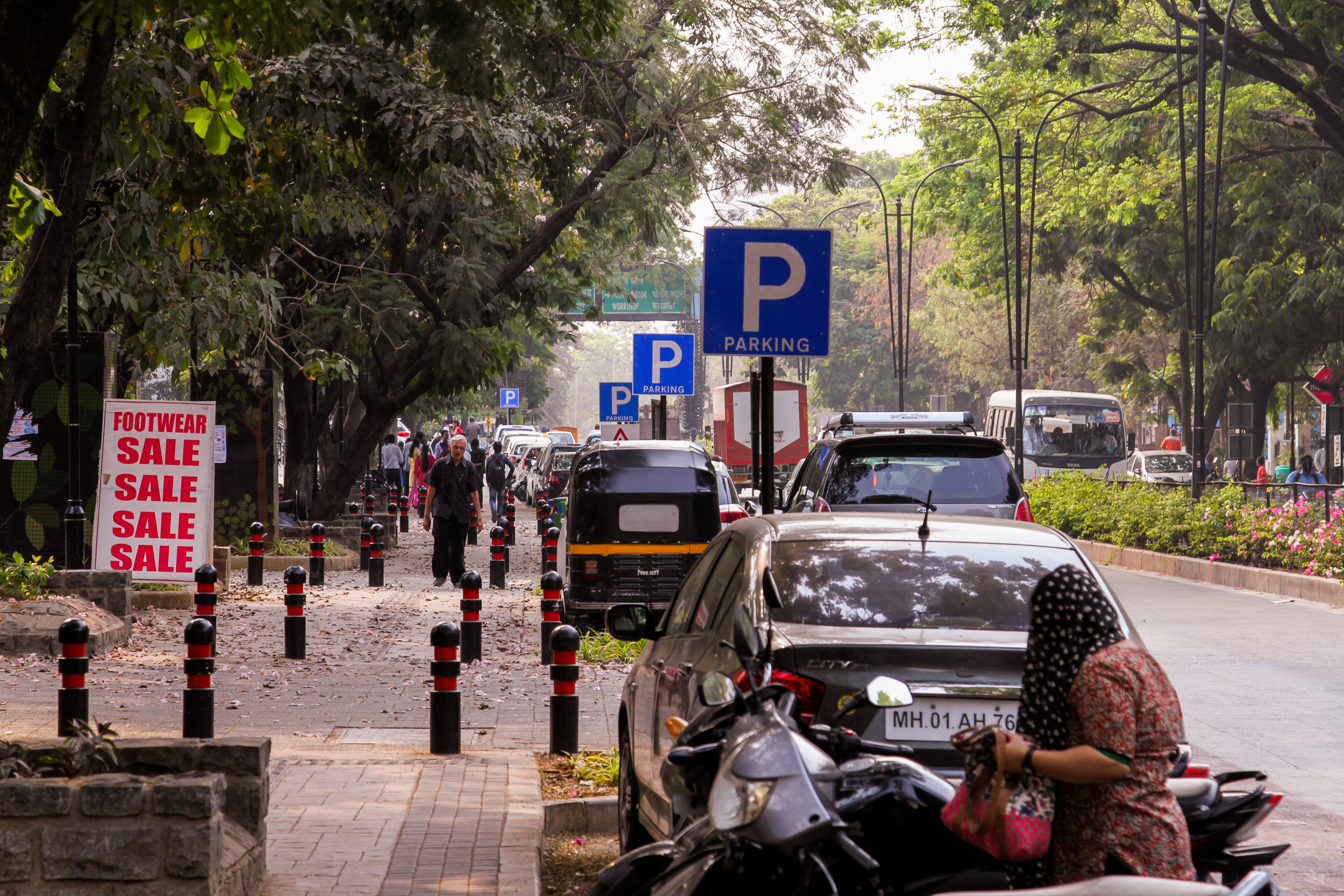Infographic Blog
“All urban residents of Indian cities should have access to jobs, education, and recreation through means of mobility that are safe, affordable, resource-efficient, environment-friendly, and accessible to all.”
Over the last 20 years, the ITDP India Programme has worked with nearly 40 cities across the country to make this vision a reality, impacting the lives of millions.
We celebrate the completion of a glorious decade of work, and welcome a new one with renewed excitement and anticipation of the possibilities ahead.

Designed by Keshav Suryanarayanan
Conceptualised by Aishwarya Soni, Keshav Suryanarayanan




